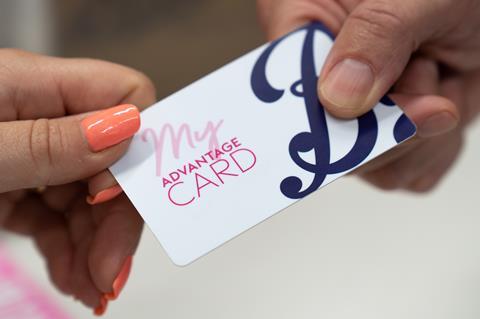
Personalised marketing has been seen as the holy grail for marketers for a number of years. How can you reach your target audience with the right message, in the right place, at the right time?
If you’re able to successfully personalise your marketing, research from Google suggests this can drive a 20%-30% increase in spend from new customers. Some 91% of consumers are more likely to purchase from brands who use their name and provide personal product recommendations.
So we know that personalisation works, but over 50% of marketers believe they do not have sufficient data or insights to effectively personalise their marketing. Why not?
In order to personalise effectively, you need to tailor your media towards an individual’s actual behaviour. Fundamentally, personalisation needs to be informed by real world data to allow for a resonating message to be served to an individual, rather than a message based on assumptions about how that individual might behave.
In fmcg, the importance of personalisation will only grow, given the increasing number of personalised products that now exist. You only have to consider the various types of milk that are now on the shelf in your local supermarket – dairy, oat, soy, almond – compared with 10 years ago, to demonstrate how today’s categories have evolved for different customer profiles.
Retailers are one of the best-placed parties to offer truly personalised content to their consumers. Through retailer loyalty schemes they have access to a vast array of data on a customer’s actual purchase behaviour to deliver a tailored message.
Take the Tesco Clubcard, for example. There are 27 million households in the UK, 20 million of which own a Clubcard, and 15 million who have used it in the past eight weeks. This is incredibly powerful data that Tesco has at its disposal on customers’ actual – rather than assumed – behaviour. Exactly what is needed to create a personalised marketing campaign. Previously, this data was only used by Tesco to target people with coupons once they had purchased, but now Tesco – coupled with a large investment into data privacy – has given brands the opportunity to use its data to target customers further up the marketing funnel, on media channels like social.
Other retailers like Boots are also leading the way here. It recently worked with Nicorette to launch the Quit Club, with the goal of helping people to stop smoking. Nicorette was able to use Boots’ Advantage Card data to identify the very specific target audience who were actually trying to quit smoking, to serve a meaningful campaign message that was more likely to resonate. Alongside this, Boots also helped Nicorette to identify the types of media channels that would best engage this audience, which included personalised mailers.
For any fmcg brand reading this, it’s also crucial to mention the importance of collecting your own data rather than overly relying on retailer data. Running competitions or capturing purchase data through a DTC platform are some accessible routes to achieve this.
Nevertheless, with the scale of data that retailers are mining on a customer’s actual behaviour, and the increasing access to this across the marketing funnel for brands, it’s a no-brainer to look at how this can help to achieve the holy grail of personalised marketing.






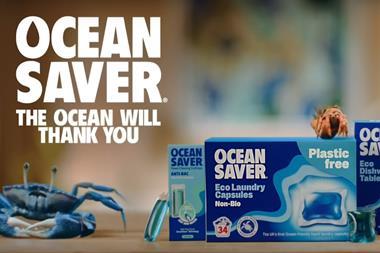


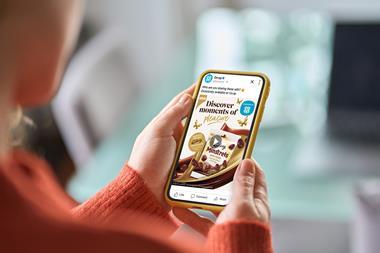
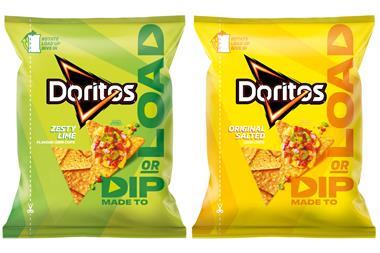
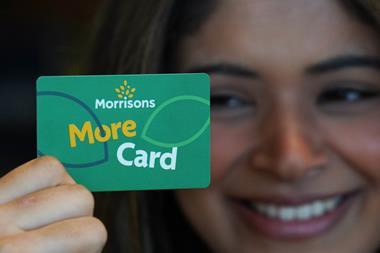






No comments yet